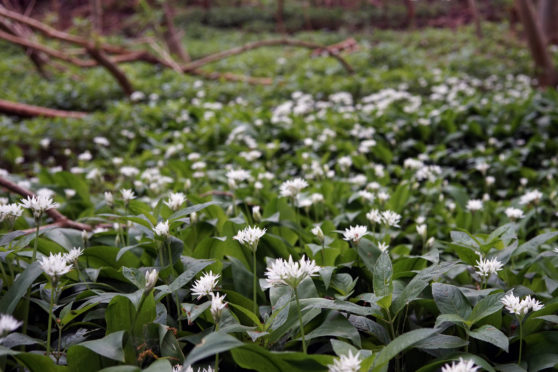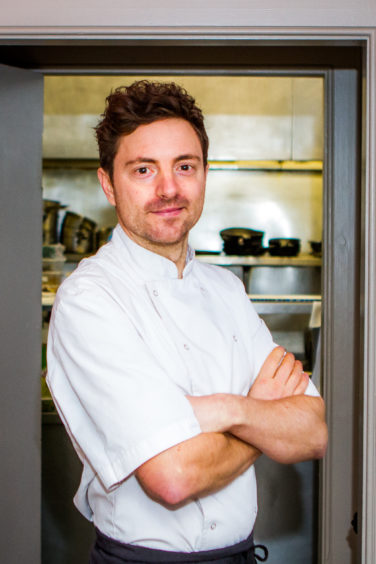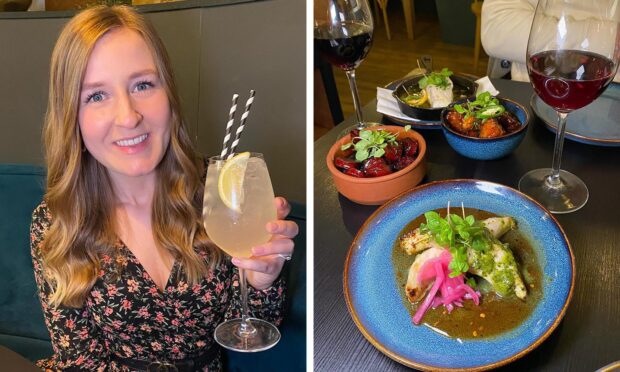Graeme Pallister, chef proprietor of 63 Tay Street in Perth, shares his love of foraging and encourages us to get closer to Mother Nature
It will come as no surprise to you I’m sure, to learn that I’m a keen forager, and a lover of wild ingredients. For years, this wonderful way of gathering ingredients was enjoyed only by an experienced few. Nowadays though, more and more of us are learning a few of the most popular wild herbs, vegetables and fruits, in a bid to liven up our plates and find that much-desired connection with Mother Nature.
In so many ways this is exactly what a chef like me has been hoping for; I think it’s fantastic that people are out there, combing hedgerows and cooking from a place of real honesty and love. However, the impact on our wild harvest is beginning to show and we need to learn not only where to find these wonderful treats, but also how to respect the land in which they grow.
First things first: only pick what you plan to cook with in the few days following. Please don’t waste these amazing ingredients. By all means get some for your mum, but remember that the beauty of wild foods is that they are there for everyone.
This is especially true when you consider how many more foragers there are out there now. I’ll be honest, when I’ve been pushed for time, I buy herbs and plants that I know grow in abundance from local foragers I’ve come to trust. I know, though, that larger veg suppliers are sending out squads of untrained pickers and paying them by the kilo – this is so sad, and takes away from the very ethos of wild ingredients.
Be mindful and respectful when you pick your herbs, fruits and wild ground plants, and always ask the landowner’s permission. Never rip them up by the root or spores – you are only killing next year’s harvest. Take a small knife out, and cut cleanly. I’d also remind you that the Internet isn’t always right – and pictures can be deceptive! Please make sure you know exactly what you’re picking as the repercussions can be fatal.
Once you get these basics right, get out and enjoy it. From the chanterelle mushroom, to young nettles and wild garlic, horseradish and dandelions (it makes great tea!), you will be spoiled for choice when you start to pay attention to the ground below you.
I’d defy you to find anything growing in nature that is better than a carpet of golden girolles: that earthy smell, the satisfaction of taking small, clean cuts across the base of the mushroom and filling your basket, and finally, the sizzle in the pan as you cook them off with some wild garlic and stir into a light, lemony risotto. That, my friends, is a simple pleasure worth caring for and looking after – enjoy your wild walk, but please remember that the land belongs to all of us.
Chef’s tip: Wild foods are far more pungent in their flavours, so it’s likely you won’t need as much as you first think. For instance, just a few leaves from the plant Sweet Cicely will liven up a plain vanilla panna cotta or ice cream beautifully.











